elemintalshop
King Luís the Popular 1/8th Tanga Portuguese India Authentic Coin Money for Jewelry (Hamlet Translator) (Oitavo de Tanga) (Goa)
King Luís the Popular 1/8th Tanga Portuguese India Authentic Coin Money for Jewelry (Hamlet Translator) (Oitavo de Tanga) (Goa)
Couldn't load pickup availability
King Luís the Popular 1/8th Tanga Portuguese India Authentic Coin Money for Jewelry and Craft Making (Hamlet Translator) (Aquarium Founder) (Oitavo de Tanga) (Goa)
CONDITION: Fair to Good
Obverse: Bust of King Luís I
Lettering: LUDOVICUS I PORT ET ALGAR. B. REX
Reverse
Lettering: INDIA PORTUGUESA
OITAVO DE TANGA
Features
Issuer India - Portuguese
King Luís I (1861-1889)
Type Standard circulation coin
Years 1881-1886
Value Oitavo de Tanga= 1½ Réis (1.5)
Currency Rupia (1880-1958)
Composition Copper
Weight 3.30 g
Diameter 21.1 mm
Thickness 1.4 mm
Shape Round
Technique Milled
Orientation Coin alignment ↑↓
Demonetized Yes
Number N# 17299
References KM# 307, Gomes# L1 09
Wikipedia:
Dom Luís I (31 October 1838, in Lisbon – 19 October 1889, in Cascais), known as The Popular (Portuguese: O Popular) was a member of the ruling House of Braganza, and King of Portugal from 1861 to 1889. The second son of Queen Maria II and her consort, King Ferdinand, he acceded to the throne upon the death of his elder brother King Pedro V.
Luís was a cultured man who wrote vernacular poetry, but had no distinguishing gifts in the political field into which he was thrust by the deaths of his brothers Pedro V and Fernando in 1861. Luís's domestic reign was a tedious and ineffective series of transitional governments called Rotativism formed at various times by the Progressistas (Liberals) and the Regeneradores (Conservatives), the party generally favoured by King Luís, who secured their long term in office after 1881. Despite a flirtation with the Spanish succession prior to the Franco-Prussian War of 1870–71, Luís's reign was otherwise one of domestic stagnation as Portugal fell ever further behind the nations of western Europe in terms of public education, political stability, technological progress and economic prosperity. In colonial affairs, Delagoa Bay was confirmed as a Portuguese possession in 1875, whilst Belgian activities in the Congo and the 1890 British Ultimatum prevented the Portuguese from colonizing modern-day Botswana establish a link between Portuguese Angola and Portuguese Mozambique at the peak of the Scramble for Africa.
Luís was mostly a man of the sciences, with a passion for oceanography. He invested a large portion of his fortune in funding research boats to collect specimens in the oceans of the world, and was responsible for the establishment of one of the world's first aquariums, the Aquário Vasco da Gama in Lisbon, which is still open to the public with its vast collection of maritime life forms, including a 10 meter long squid. His love for the sciences and advances in knowledge was passed on to his two sons. Luís was also very keen with literature, not only with books in Portuguese but also in English. He was the first to bring fully translated Shakespearean works to Portugal, such as The Merchant of Venice, Richard III and Othello, the Moor of Venice. His best-known work in Portugal was his translation of Hamlet.
*******
Wikipedia:
The State of India (Portuguese: Estado da Índia), also referred as the Portuguese State of India (Estado Português da Índia, EPI) or simply Portuguese India (Índia Portuguesa), was a colonial state of the Portuguese Empire founded six years after the discovery of a sea route to the Indian Subcontinent by the Kingdom of Portugal. The capital of Portuguese India served as the governing centre of a string of Portuguese fortresses and settlements scattered along the Indian Ocean.
The first viceroy, Francisco de Almeida, established his headquarters at what was then Cochim, the present-day Fort Cochin (Fort Kochi), subsequent Portuguese governors were not always of viceroy rank. After 1510, the capital of the Portuguese viceroyalty was transferred to Velhas Conquistas (Old Conquests area) of present-day Goa and Damaon. Present-day Mumbai (Bombay) was part of Portuguese India as Bom Baim until it was ceded to the British Crown in 1661, who in turn leased Bombay to the East India Company. Until the 18th century, the Portuguese governor in Goa had authority over all Portuguese possessions in the Indian Ocean, from southern Africa to southeast Asia. In 1752, Mozambique got its own separate government, and in 1844 the Portuguese government of India stopped administering the territory of Macau, Solor and Timor, and its authority was confined to the colonial holdings on the Konkan and Malabar coasts of Western India.
At the time of the British Raj's dissolution in 1947, Portuguese India was subdivided into three districts located on modern-day India's western coast, sometimes referred to collectively as Goa: namely Goa; Damão, which included the inland enclaves of Dadra and Nagar Haveli; and Diu. Portugal lost effective control of the enclaves of Dadra and Nagar Haveli in 1954, and finally the rest of the overseas territory in December 1961, when it was annexed by India under Prime Minister Jawaharlal Nehru. In spite of this, Portugal only recognised Indian control in 1974, after the Carnation Revolution and the fall of the Estado Novo regime, by a treaty signed on 31 December 1974.
Share
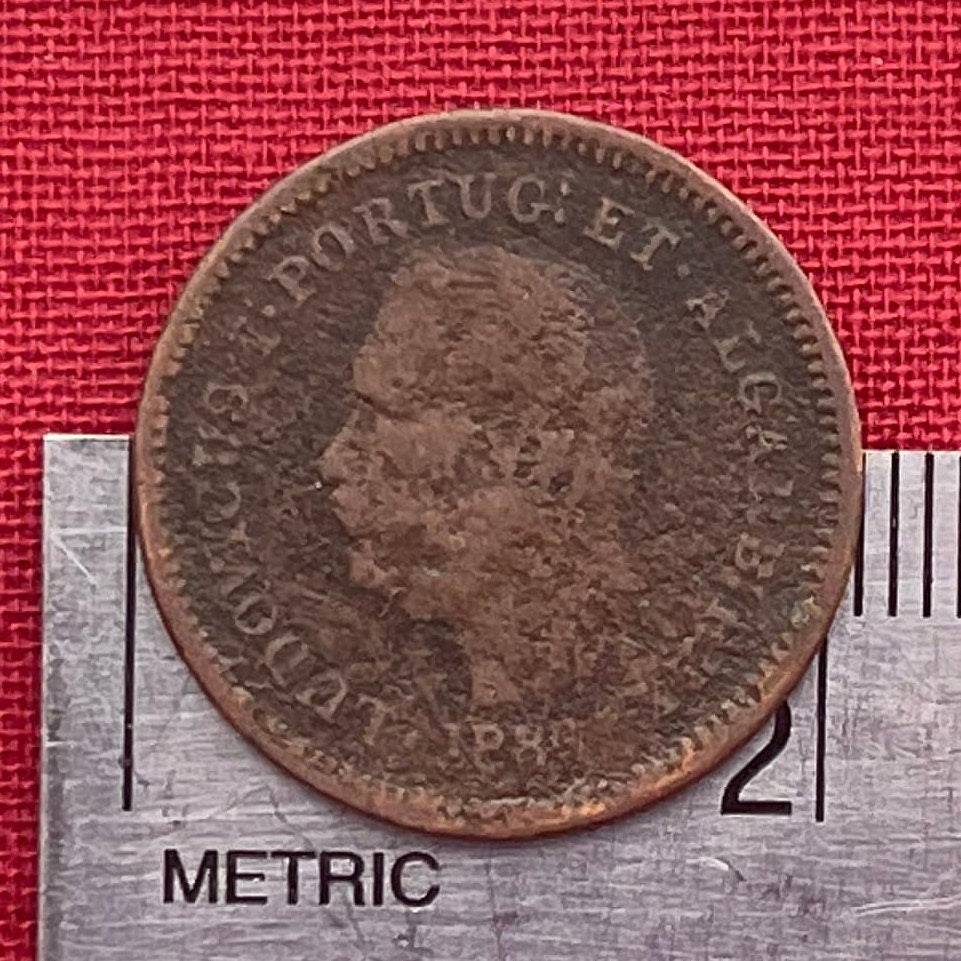
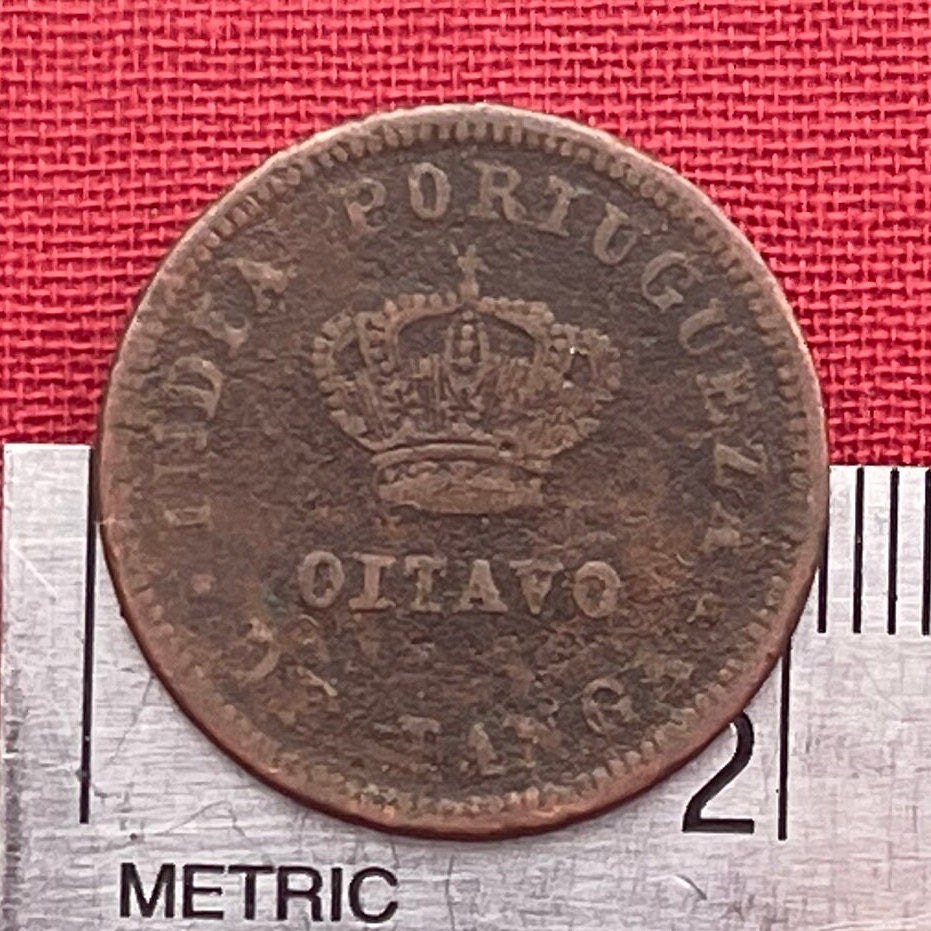
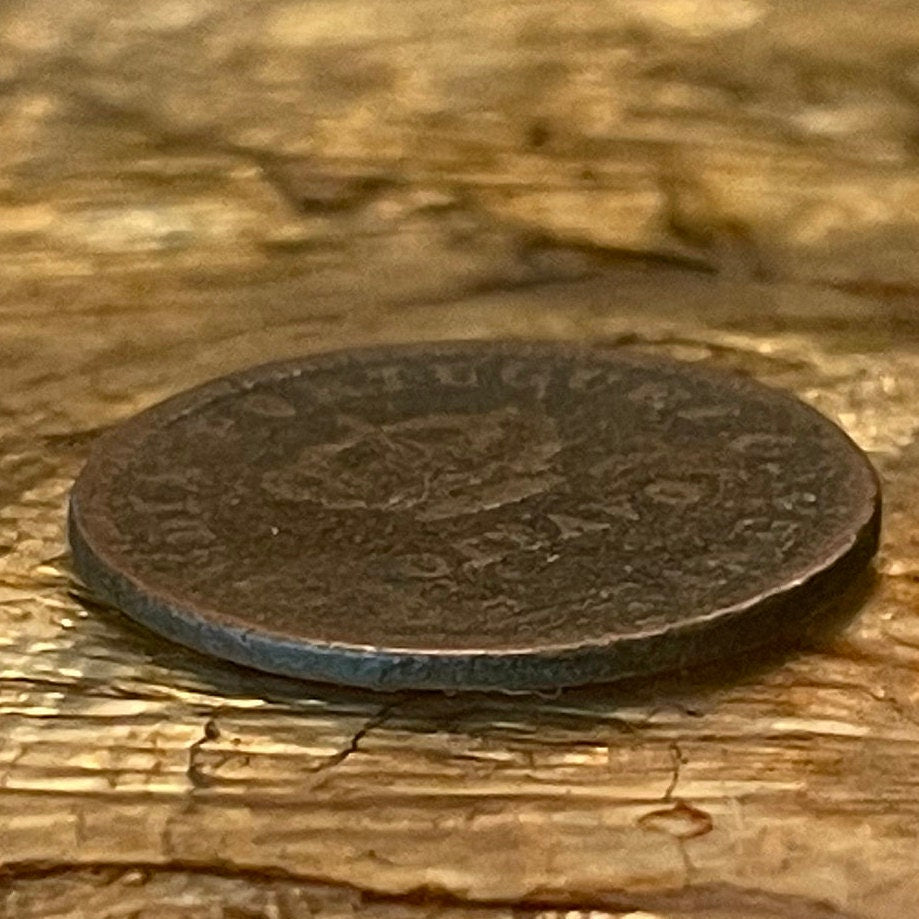
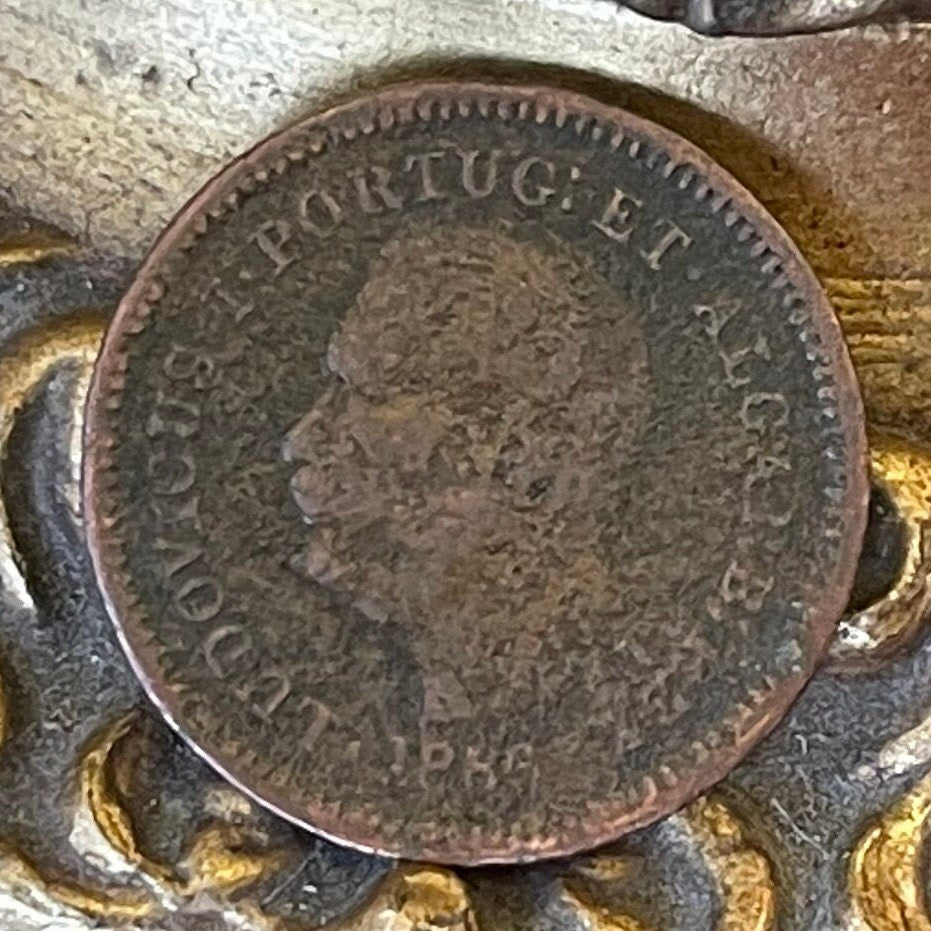
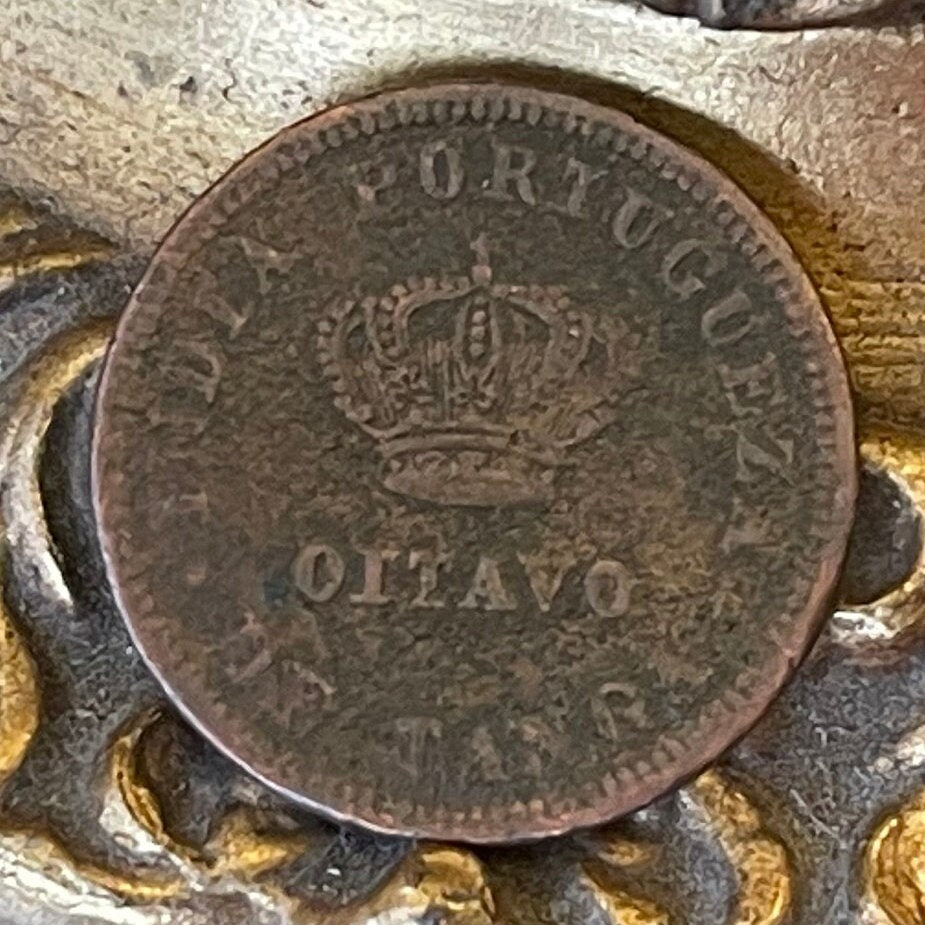
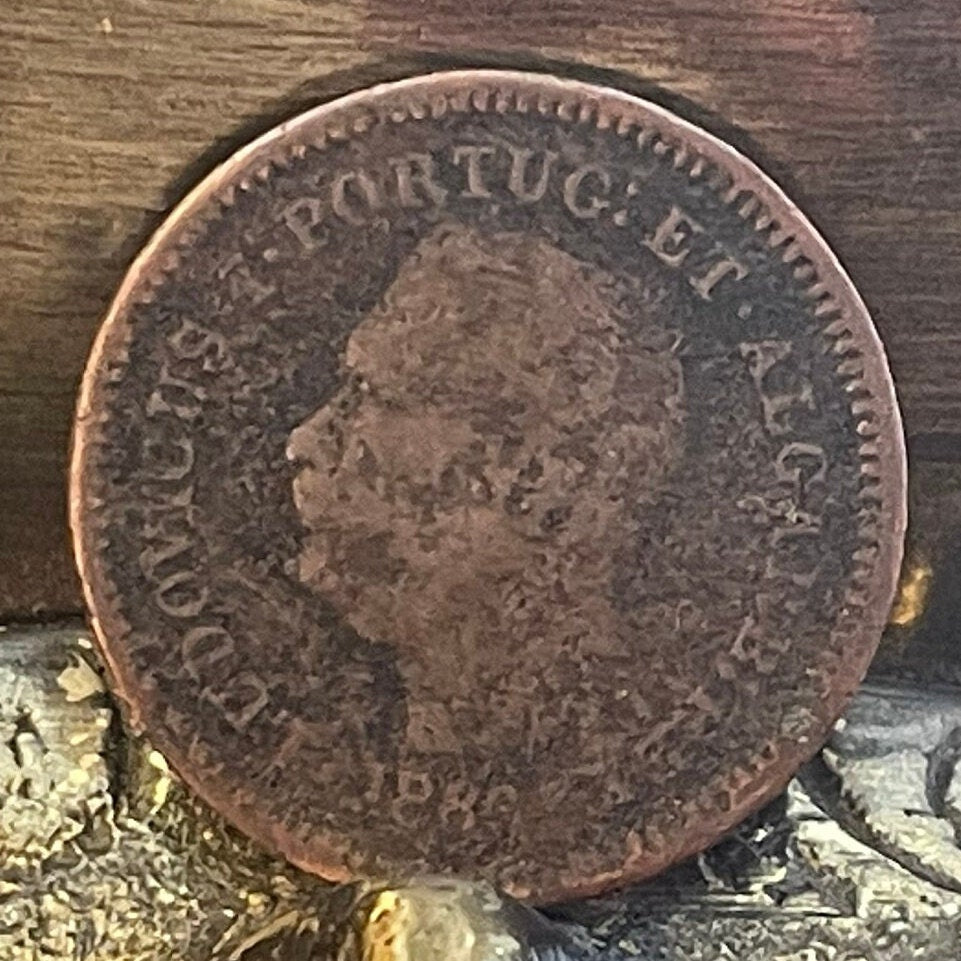
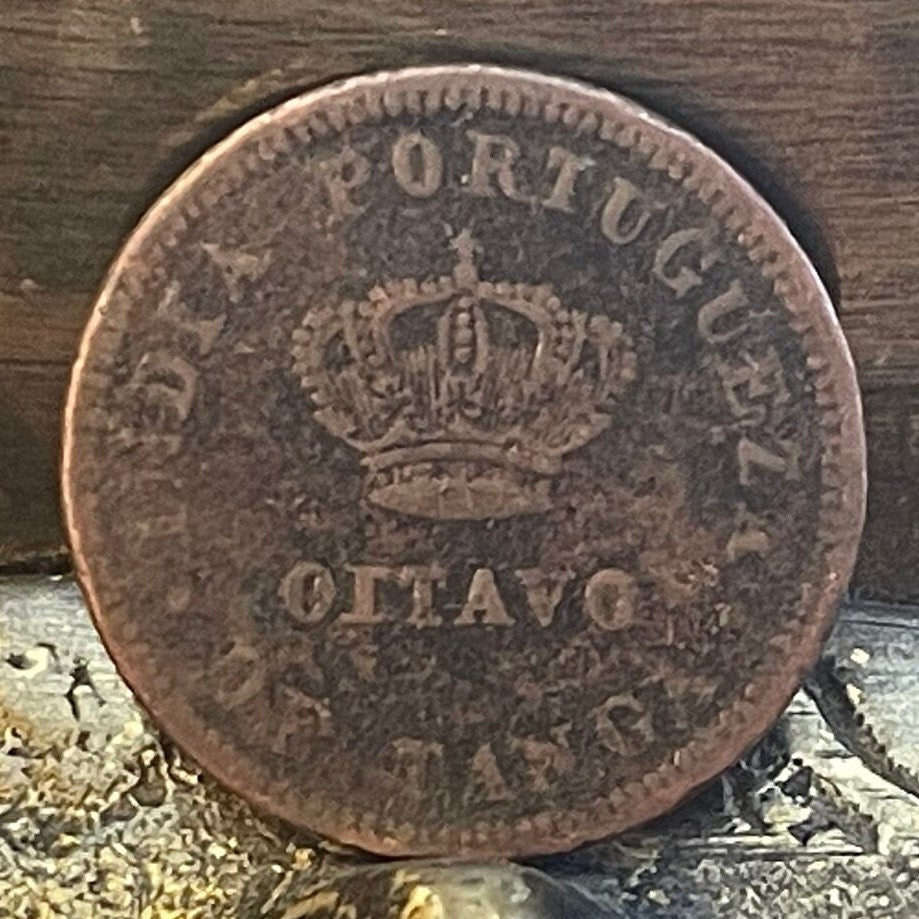
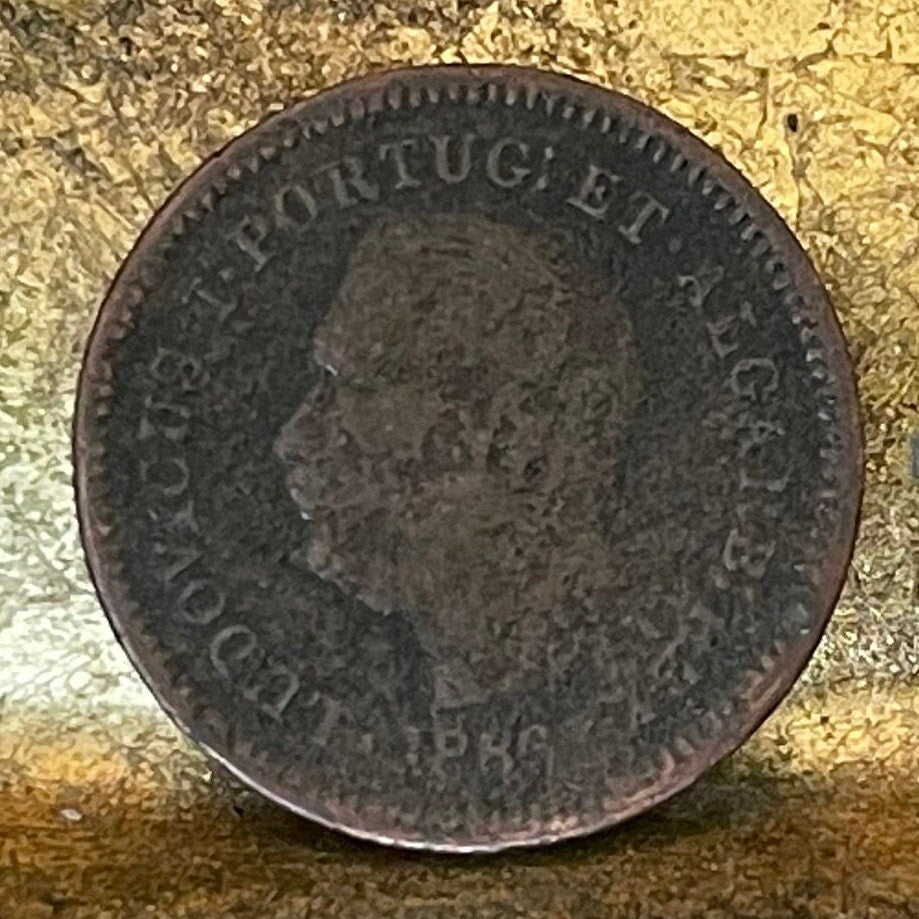
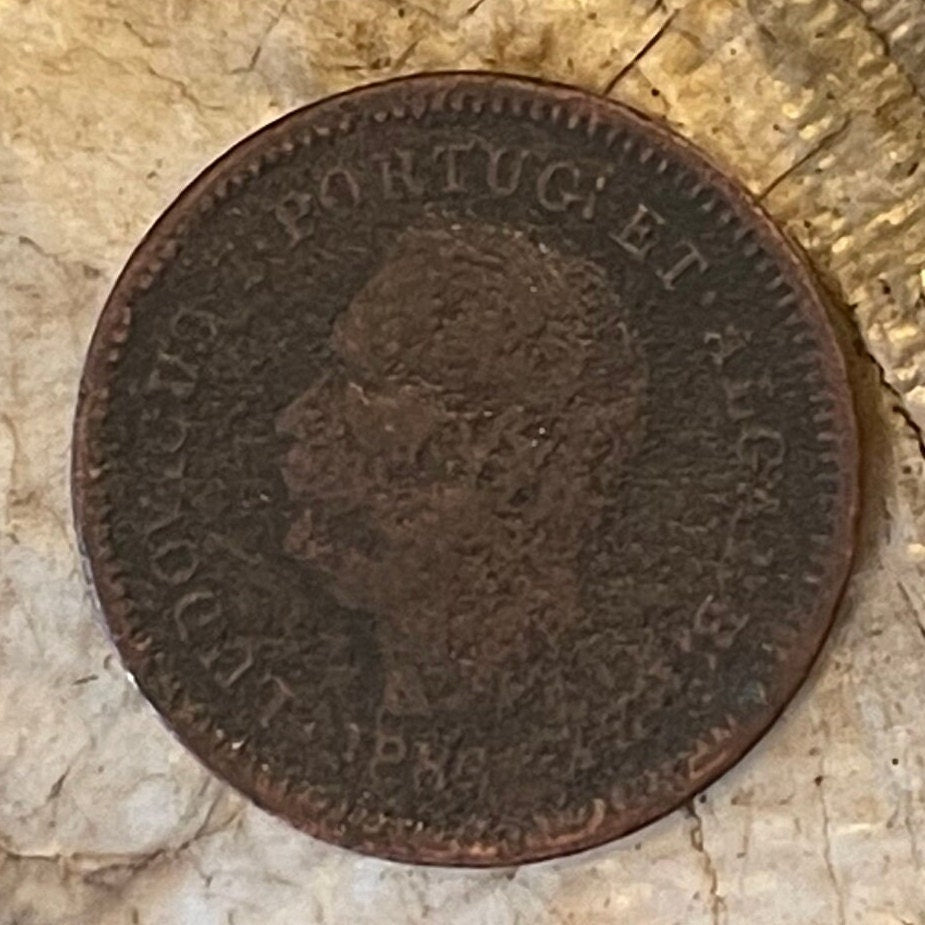
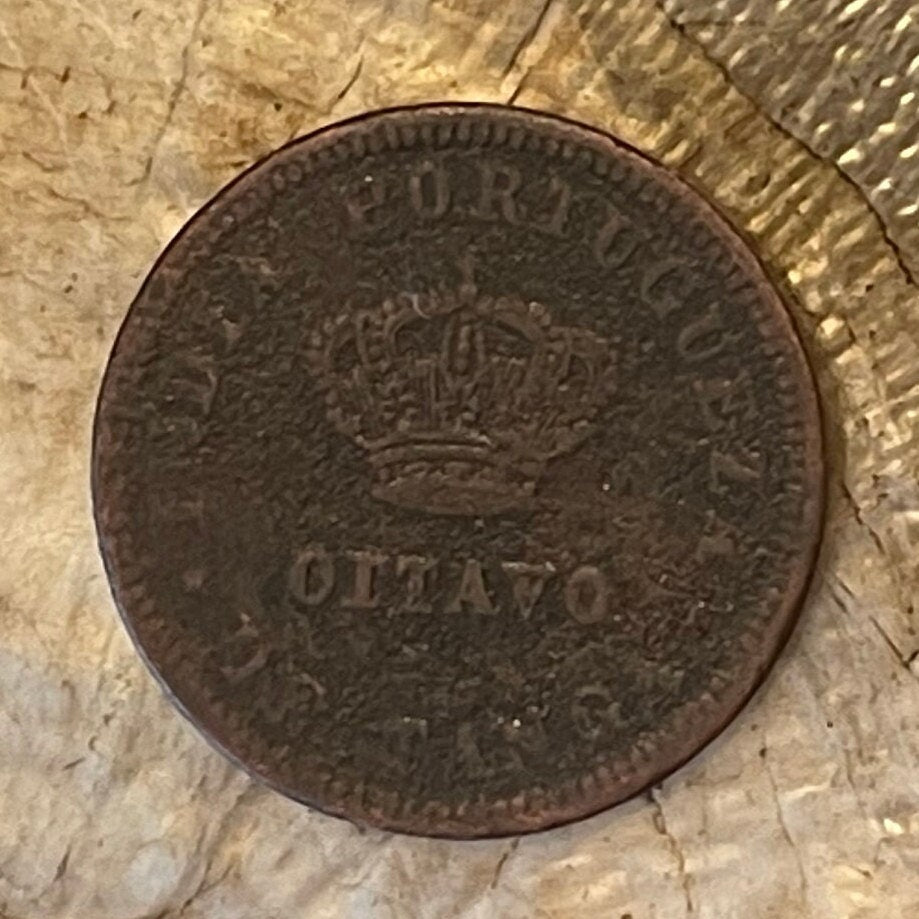
Very nice coins! So glad to have these in my collection now!!









